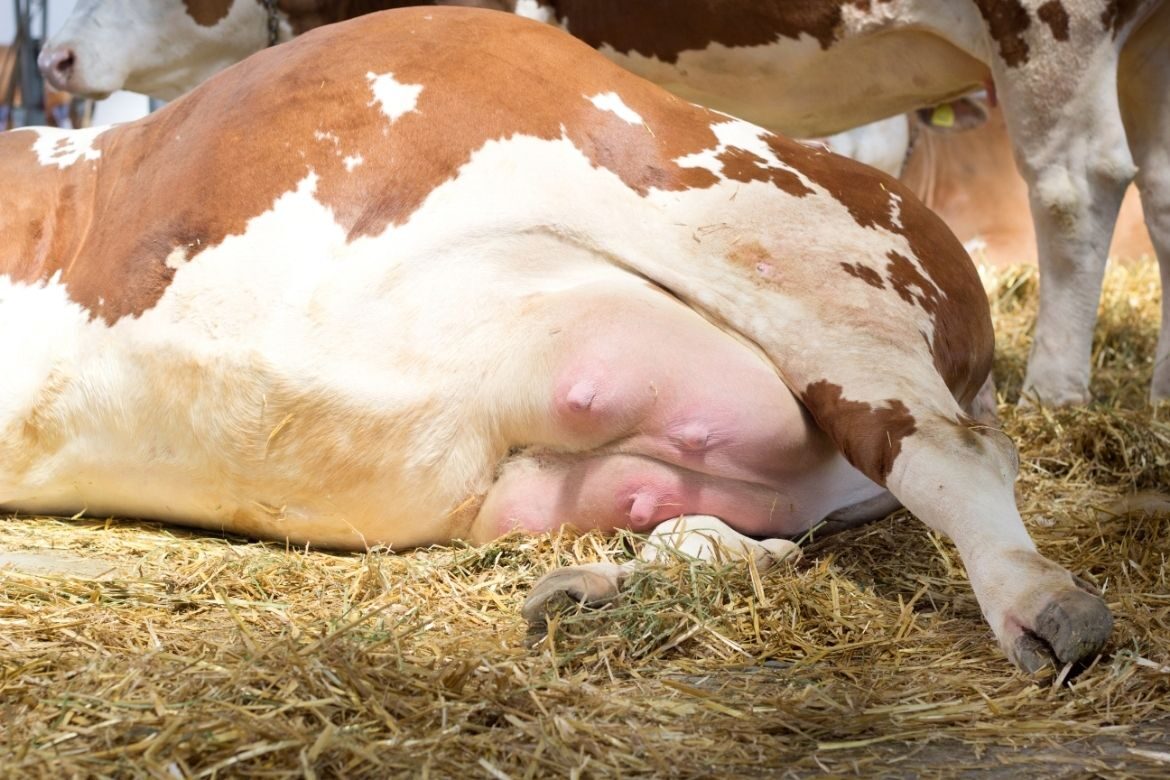Mastitis, or udder infection, generally leads to an increase in bulk milk somatic cell count (BMSCC), and is an important cause of reduced milk quality.
Research led by UCD School of Veterinary Medicine, guided by the technical working group of CellCheck now cautions that improvements in national milk quality seem to have “plateaued”. As such, some veterinary scientists have warned that the criteria for the eligibility of Irish herds to supply milk for processing of dairy products need to be redrafted based on milk quality performance.
This recommendation is fuelled by a new study on mastitis control and intramammary antibiotic stewardship in Ireland, which found that around 35% of the country’s dairy herd may be struggling with mastitis management.
According to the paper, principally authored by the Professor of Veterinary Epidemiology and Risk Analysis at UCD, Simon More, it appears that, “Based on the most-recent estimates from 2020, 35% of Irish herds had an annual BMSCC of 200,000 cells/mL or greater, suggestive of the potential for suboptimal mastitis control in these herds. National progress toward improved mastitis control has slowed in recent years. The level of milk recording in Ireland is low relative to international counterparts.”
“Milk recording provides animal-level information to inform both mastitis control and prudent antibiotic prescribing. There are ongoing difficulties in sourcing experienced labour, exacerbated by a period of recent expansion in the Irish dairy industry. These challenges can substantially complicate farm management.
The impact of remote antibiotic prescribing; lack of hard data on farm-level usage, and the “minimal shift from blanket to selective DCT on Irish dairy farms” were also highlighted.
In response, the study proposes several national and farm-level recommendations:
– The criteria for herd eligibility to supply milk needs to be redrafted, including corrective action required and performance to be achieved when milk quality standards are not met.
– There is need to leverage Bord Bia SDAS standards to facilitate improved milk quality.
– Detailed monitoring of on-farm antibiotic usage is needed. Electronic capture of data will be central to these efforts.
– Restrictions and/or bans on the use of specific antimicrobials within the dairy industry are needed.
– DCT should be limited to therapeutic use in cows known to be infected. There is a need for individual cow information to determine infection status at drying off.

